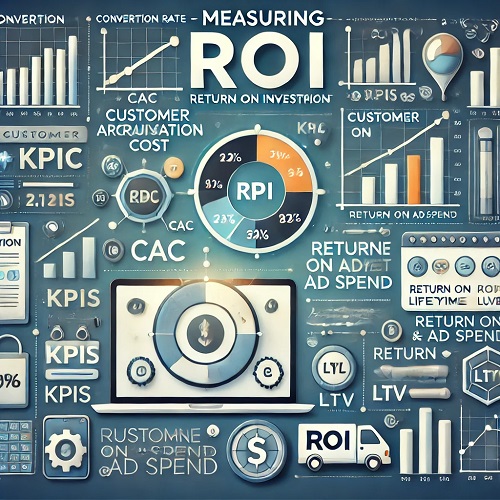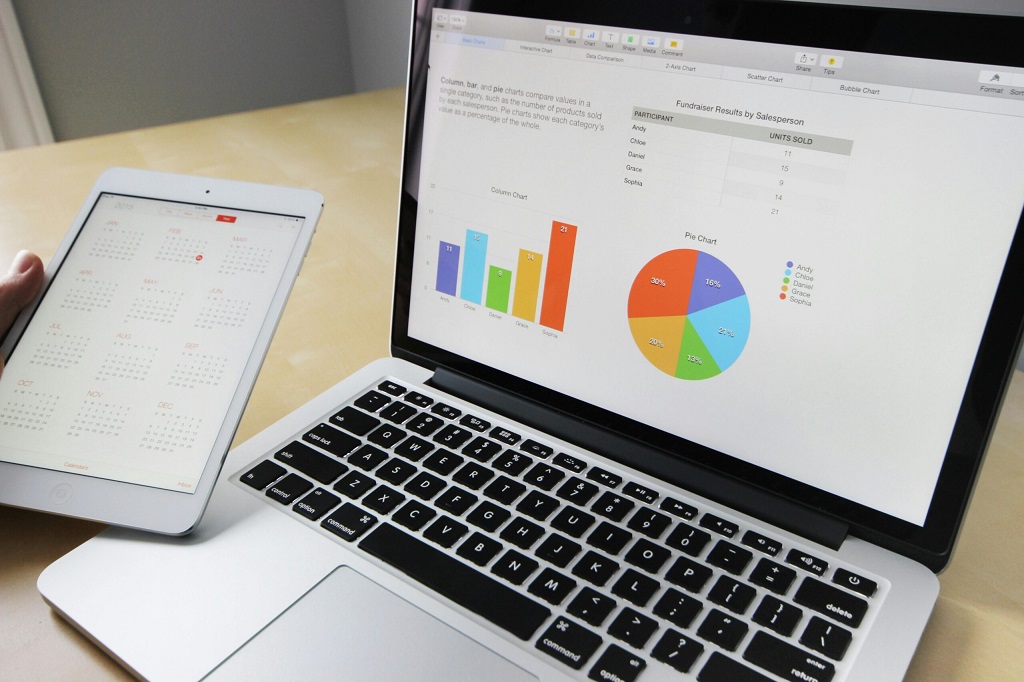
How to Measure ROI in Internet Marketing: Key Metrics Explained
Understanding the return on investment (ROI) is crucial for any business, especially in internet marketing. By measuring ROI, companies can gauge the effectiveness of their marketing strategies, optimise campaigns, and ensure that they are getting the most value for their money. In this article, we will explore the key metrics that help in measuring ROI in internet marketing and how they can be effectively utilised.
Cost Per Acquisition (CPA)
Cost Per Acquisition (CPA) is a metric that calculates the cost associated with acquiring a new customer. It is a critical indicator of how efficiently your marketing spend is converting leads into paying customers. CPA is calculated by dividing the total cost of a campaign by the number of conversions (customers acquired). Keeping CPA low while maintaining high-quality leads is essential for a positive ROI.
To effectively manage CPA, businesses should focus on optimising their ad spend, improving conversion rates, and targeting the right audience. This metric gives a clear picture of how much you are paying to gain a customer and helps in making informed decisions on budget allocation.
Customer Lifetime Value (CLV)
Customer Lifetime Value (CLV) is a projection of the total revenue a business can expect from a single customer account over the course of their relationship. CLV is significant because it helps businesses understand the long-term value of a customer, which is crucial for determining the overall ROI of marketing efforts.
To calculate CLV, multiply the average purchase value by the number of repeat purchases and the average retention time. Maximising CLV involves strategies like enhancing customer satisfaction, improving customer retention, and encouraging repeat purchases, all of which contribute to a higher ROI.
Conversion Rate
Conversion Rate is the percentage of users who take the desired action after clicking on your marketing content, such as filling out a form or making a purchase. It is a direct reflection of how well your marketing efforts are performing.
A higher conversion rate typically indicates that your marketing strategy is effective in driving user actions, which in turn, positively impacts ROI. To improve conversion rates, businesses should focus on user experience, content relevance, and testing different marketing approaches.
Conversion rate is a powerful metric that, when optimised, can significantly boost your ROI. Tools like A/B testing, analytics platforms, and customer feedback can provide insights into how to improve this crucial metric.

Return on Ad Spend (ROAS)
Return on Ad Spend (ROAS) measures the revenue earned for every pound spent on advertising. It is a more granular metric than ROI, focusing specifically on the performance of paid advertising campaigns.
ROAS is calculated by dividing the revenue generated from ads by the cost of those ads. A higher ROAS means that your advertising efforts are more effective, which is essential for achieving a good ROI. Businesses can improve ROAS by refining their ad targeting, adjusting bids, and enhancing ad creatives.
While ROAS is specific to advertising, it plays a crucial role in the overall ROI, as advertising is often a significant portion of the marketing budget.
Measuring ROAS provides insight into the efficiency and effectiveness of your ad spend, allowing for more informed budget allocations.
Social Media Engagement
Social Media Engagement is a metric that tracks how users interact with your content across social platforms. While it may not directly translate to sales, high engagement can lead to increased brand visibility and customer loyalty, which are essential for long-term ROI.
Engagement metrics include likes, shares, comments, and follows. By analysing these interactions, businesses can gauge the effectiveness of their social media strategy and adjust accordingly to improve ROI. Engaged audiences are more likely to convert into customers and advocates for your brand.
To boost social media engagement, focus on creating valuable content, engaging with your audience, and utilising social media tools to track and analyse performance.
Measuring ROI in internet marketing involves tracking a variety of key metrics, each providing unique insights into different aspects of your campaigns. By understanding and optimising these metrics, businesses can ensure they are making informed decisions that lead to a higher return on investment. Keep in mind that continuous monitoring and adjustment are crucial for maintaining and improving ROI over time.

